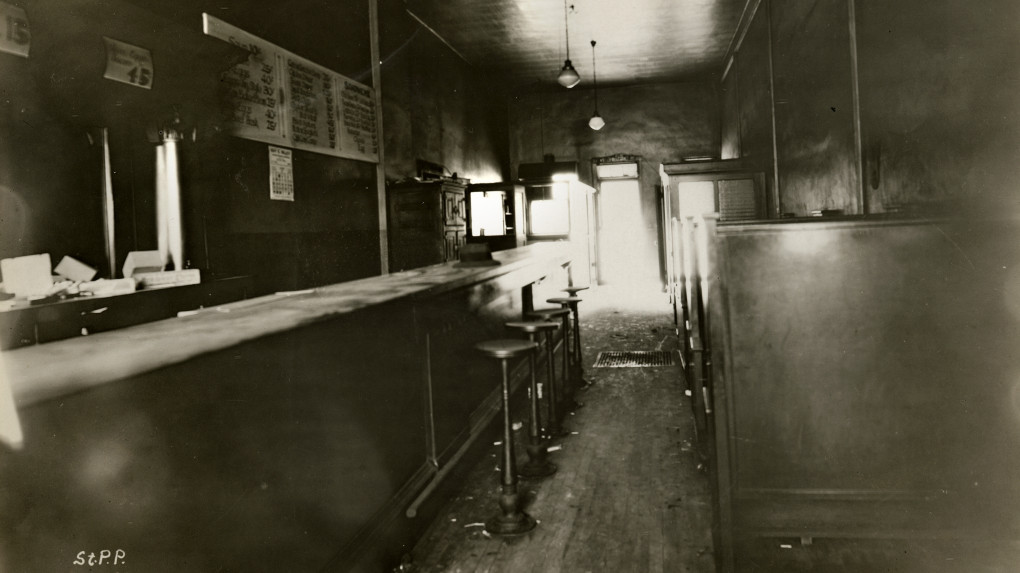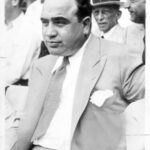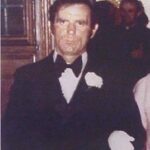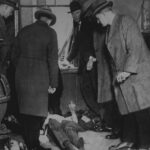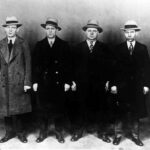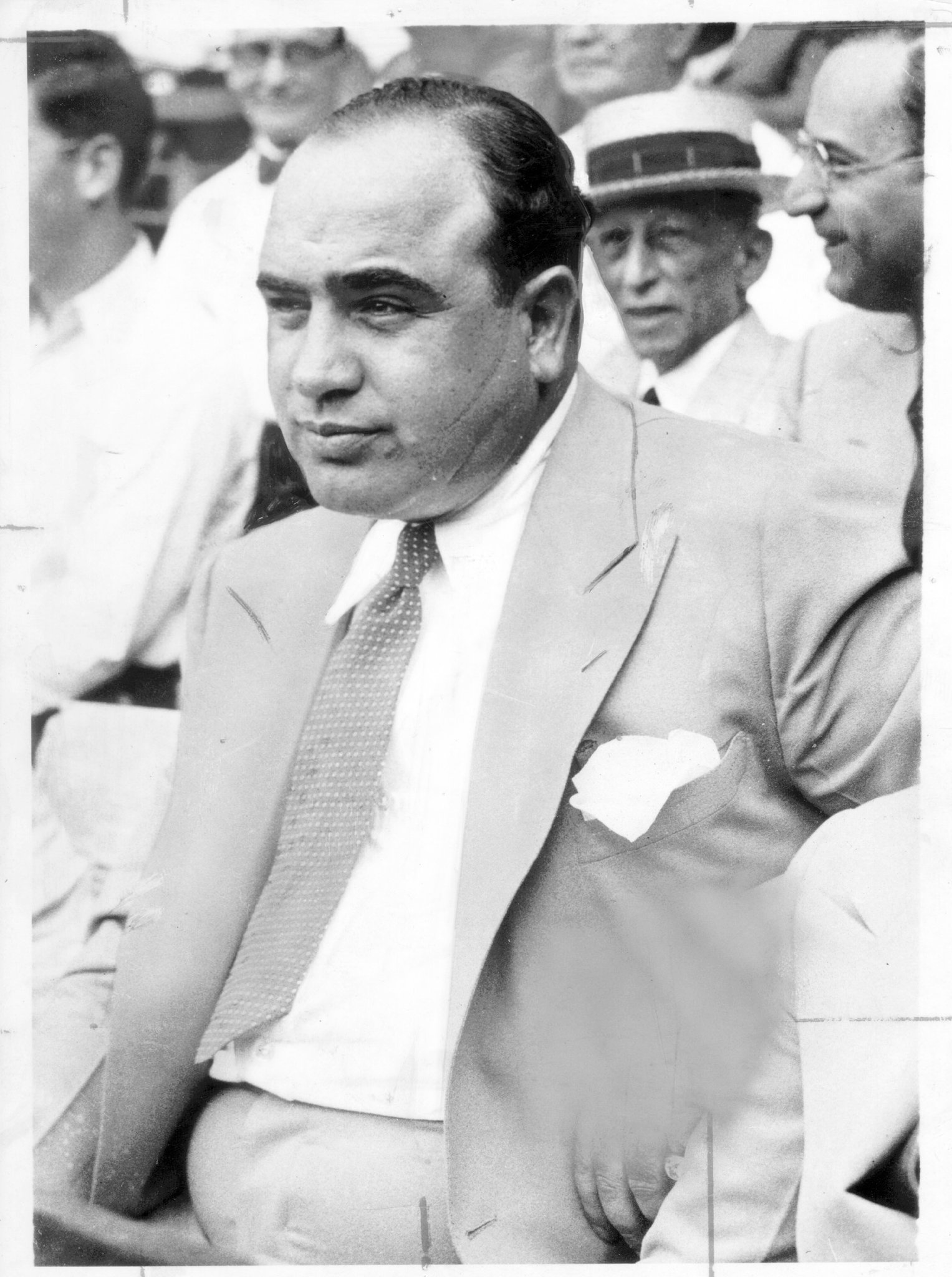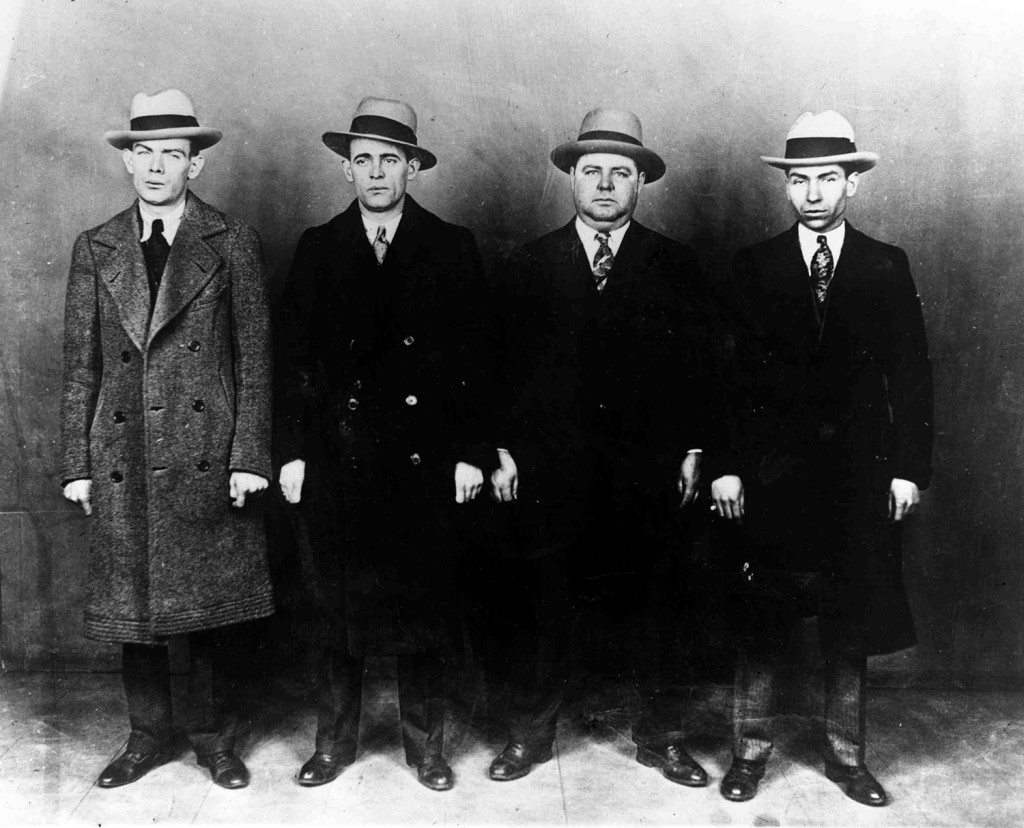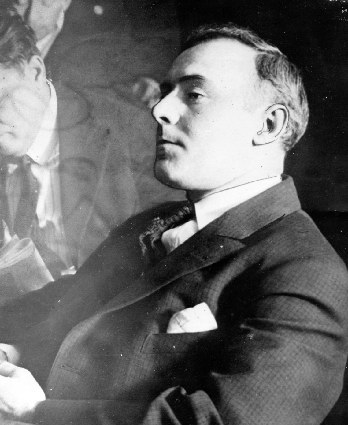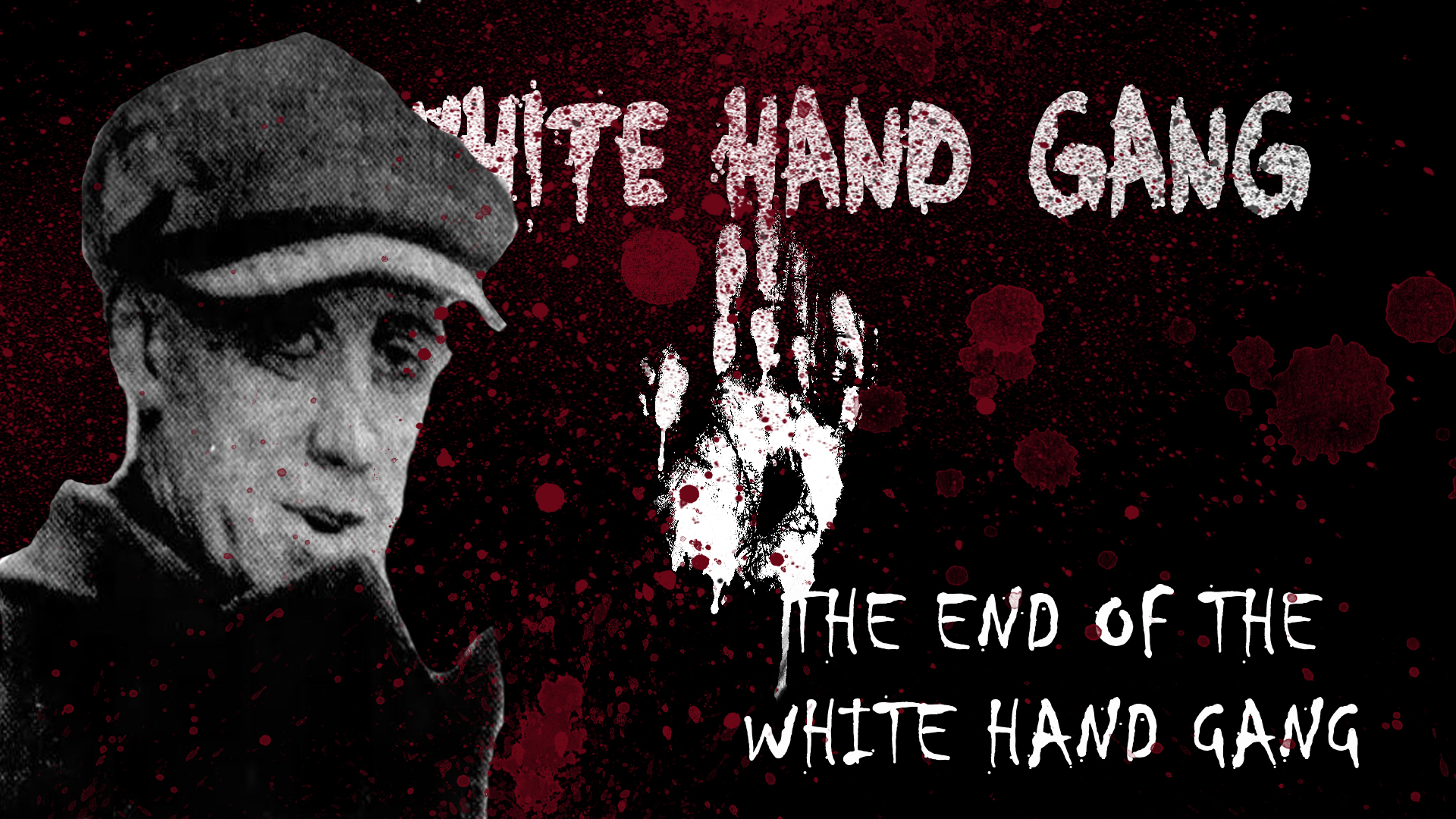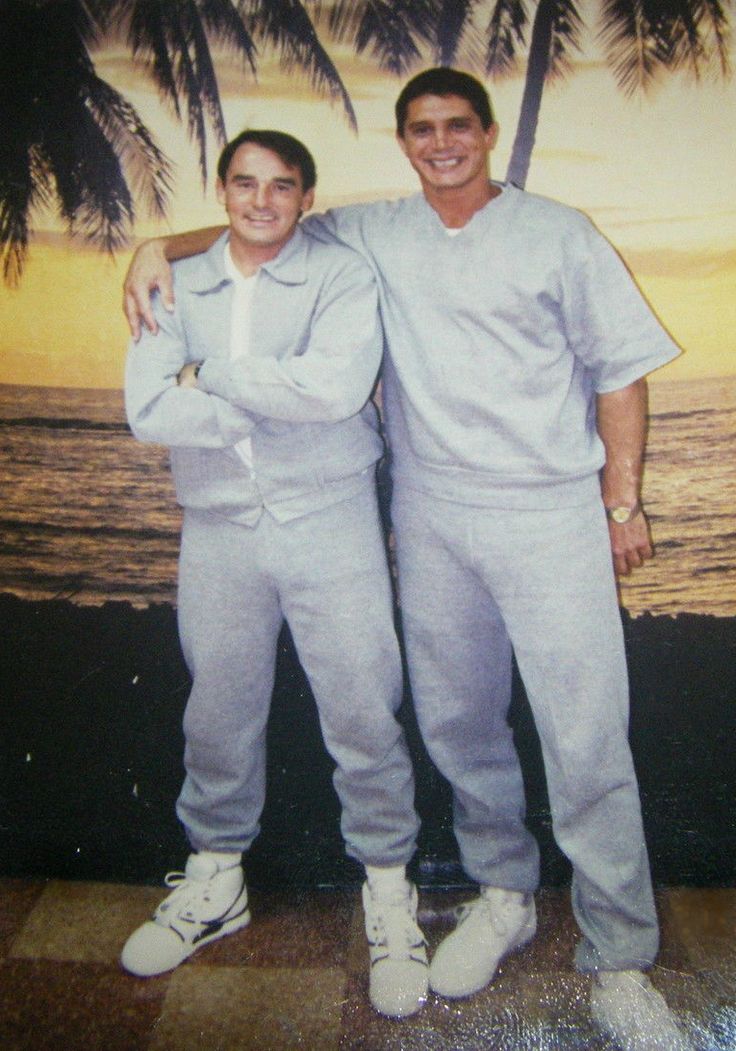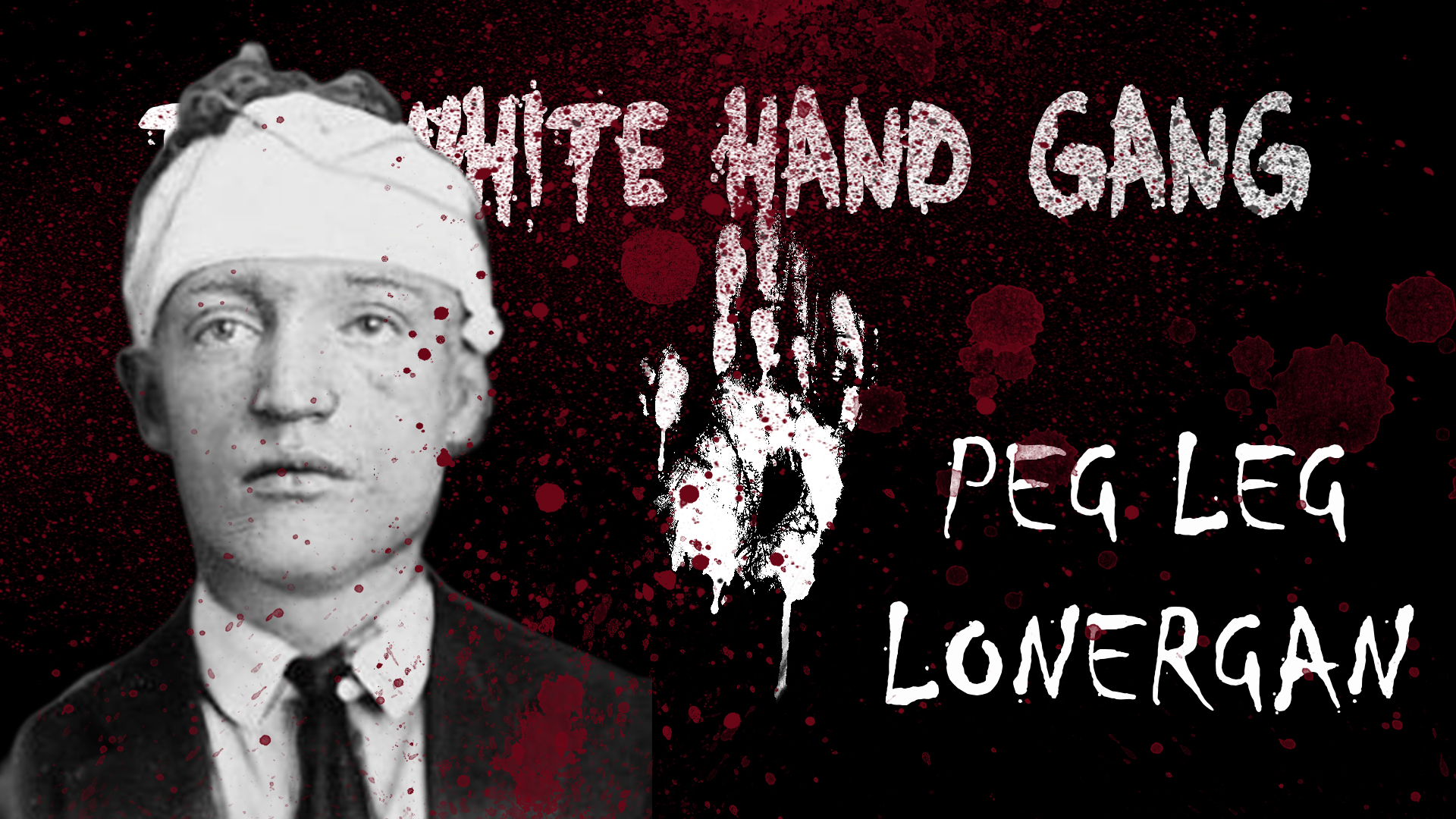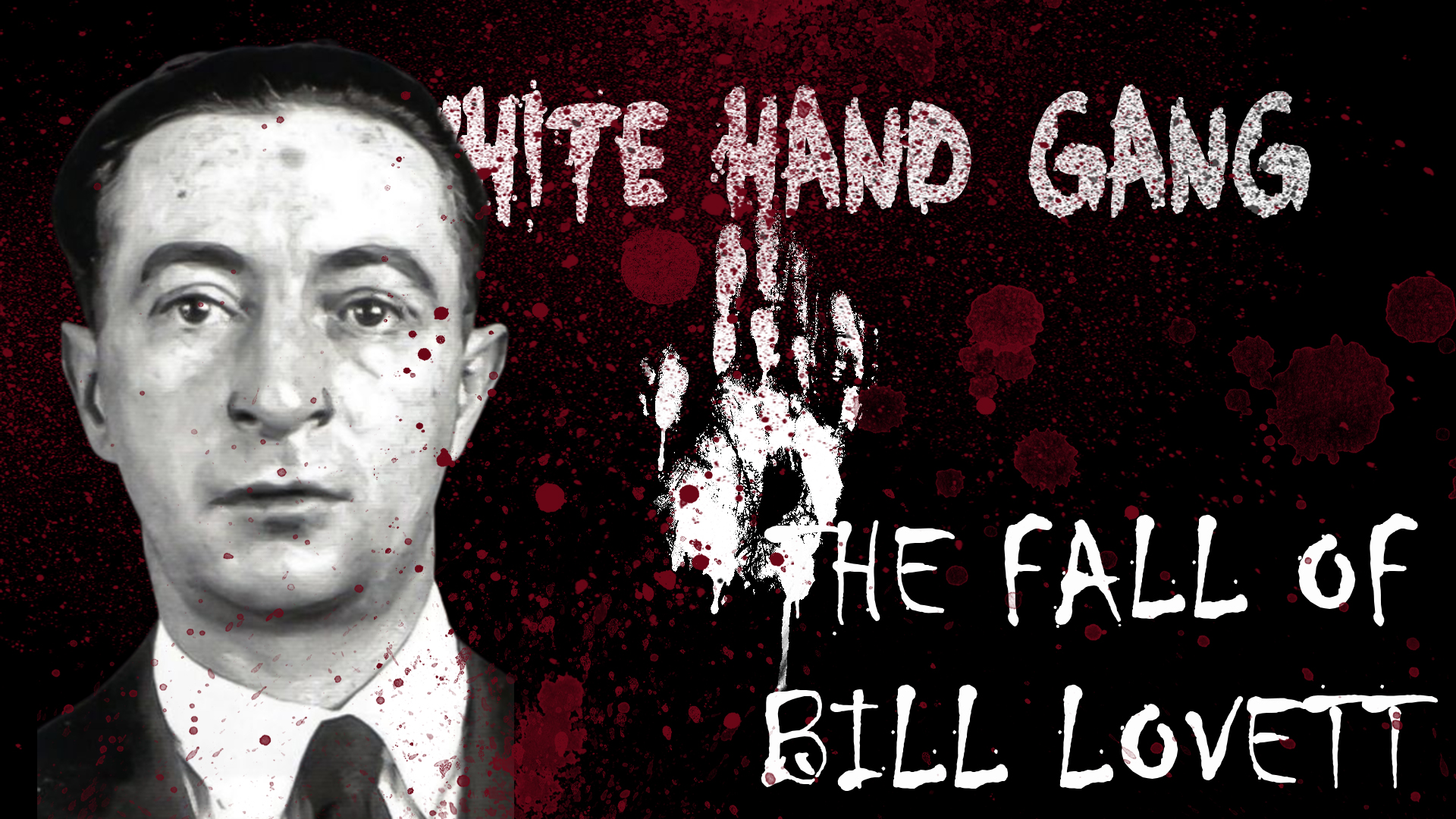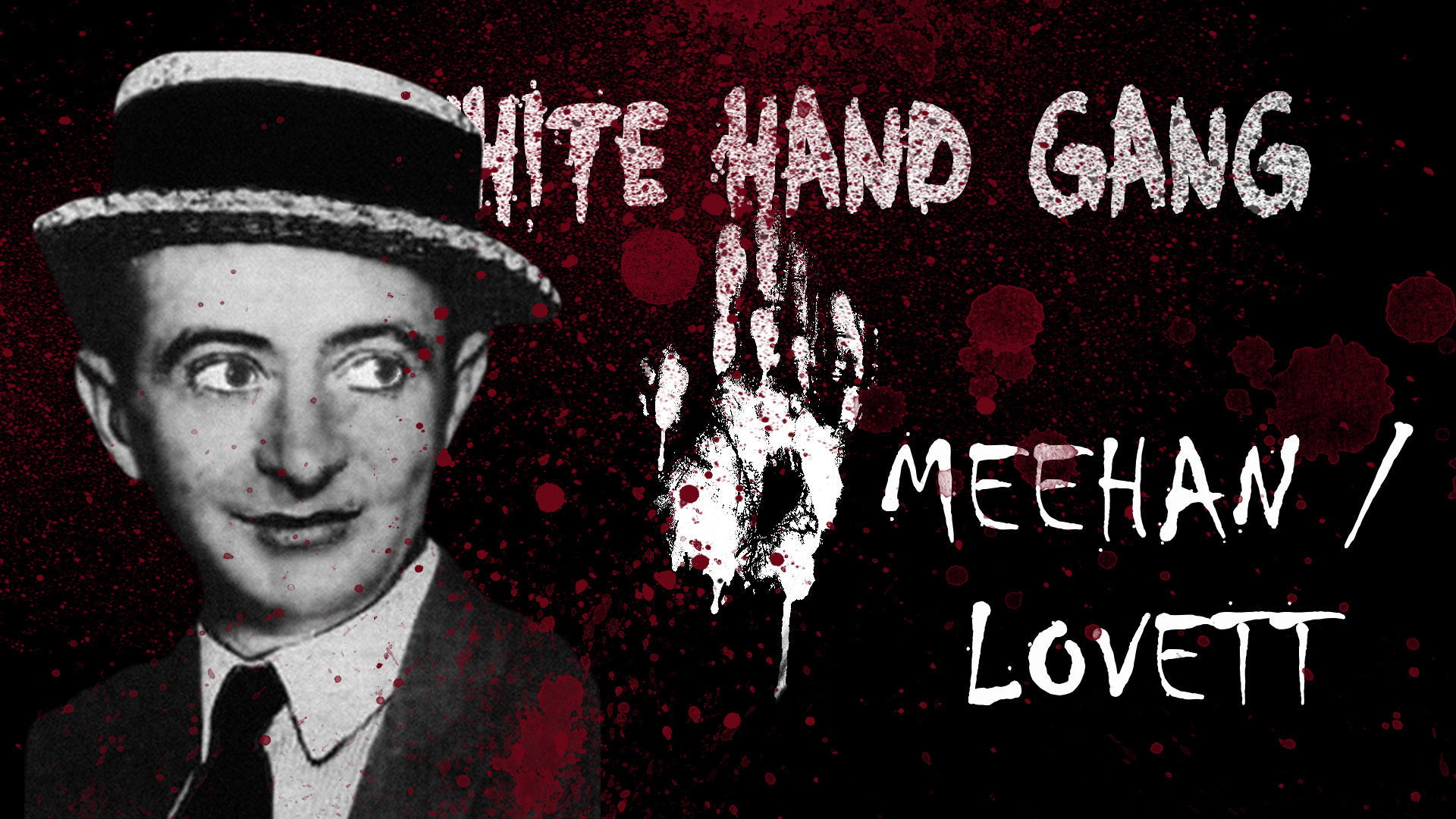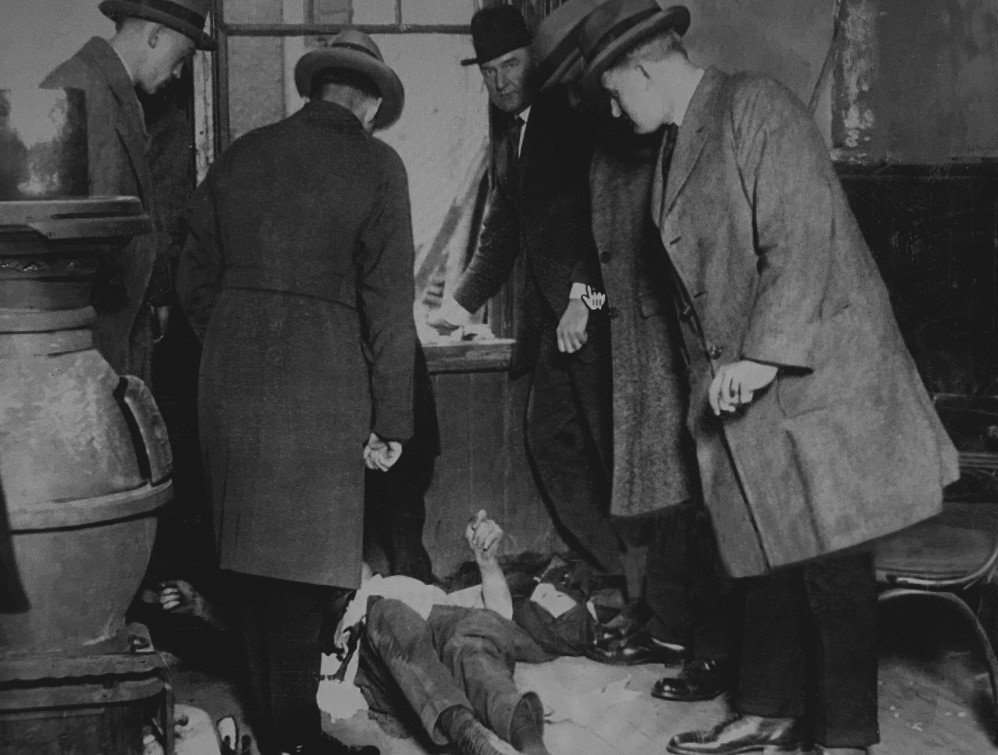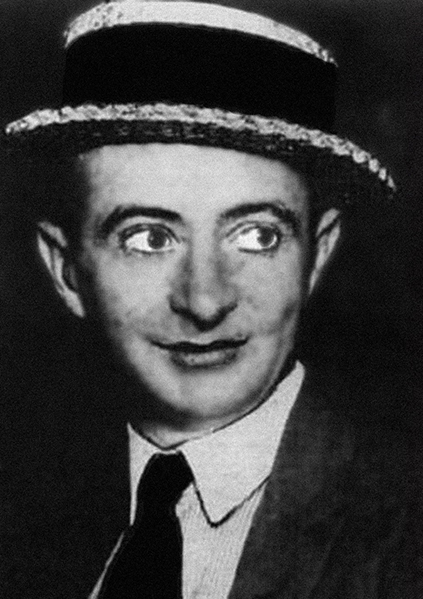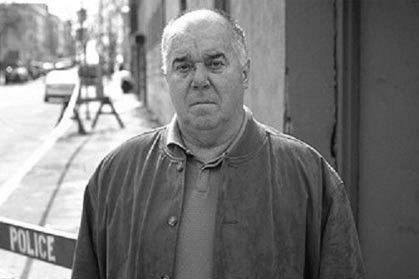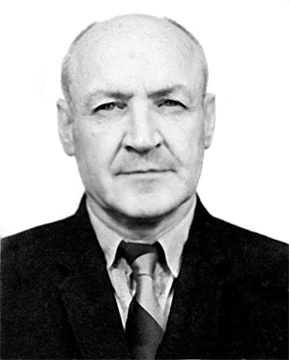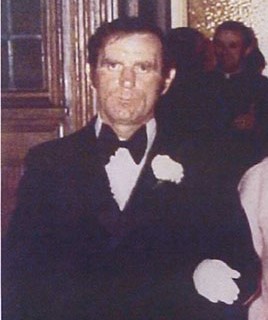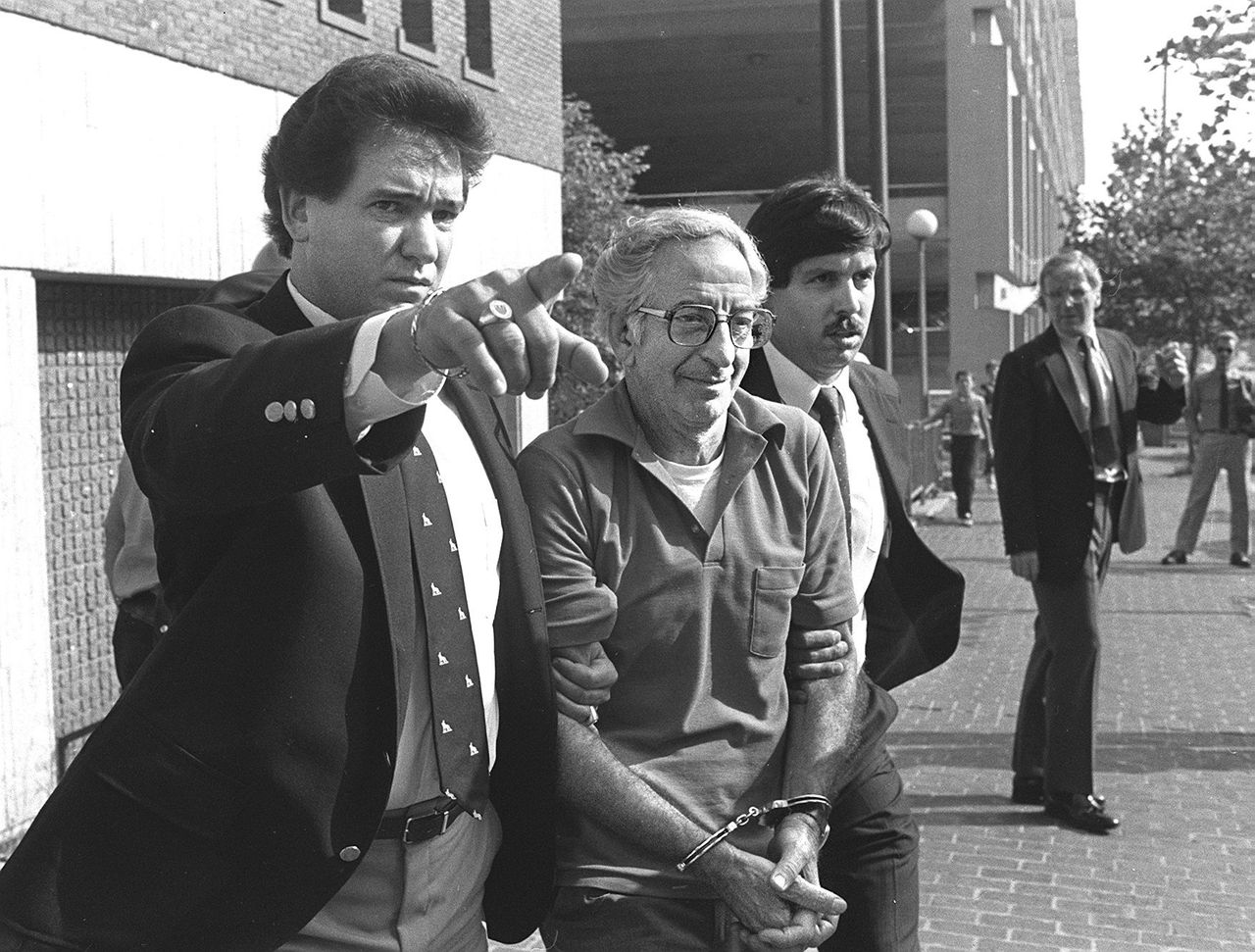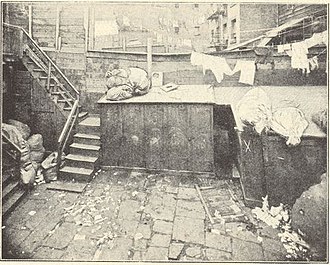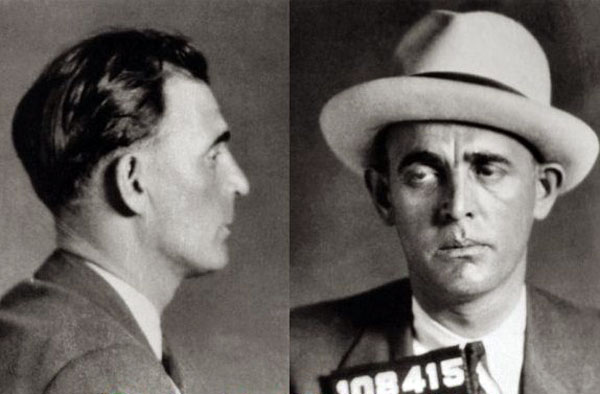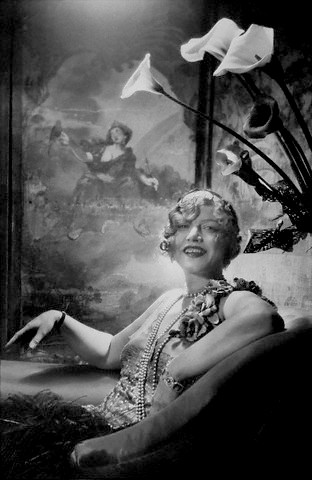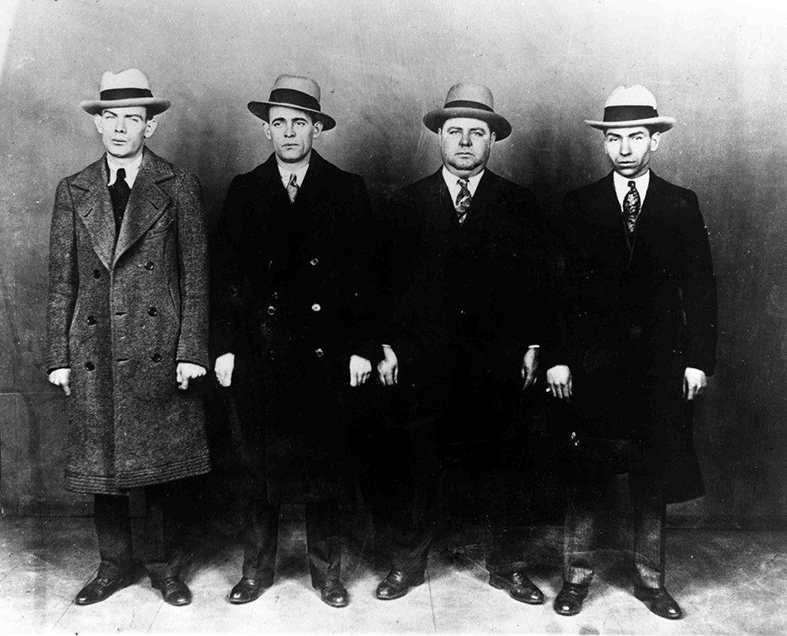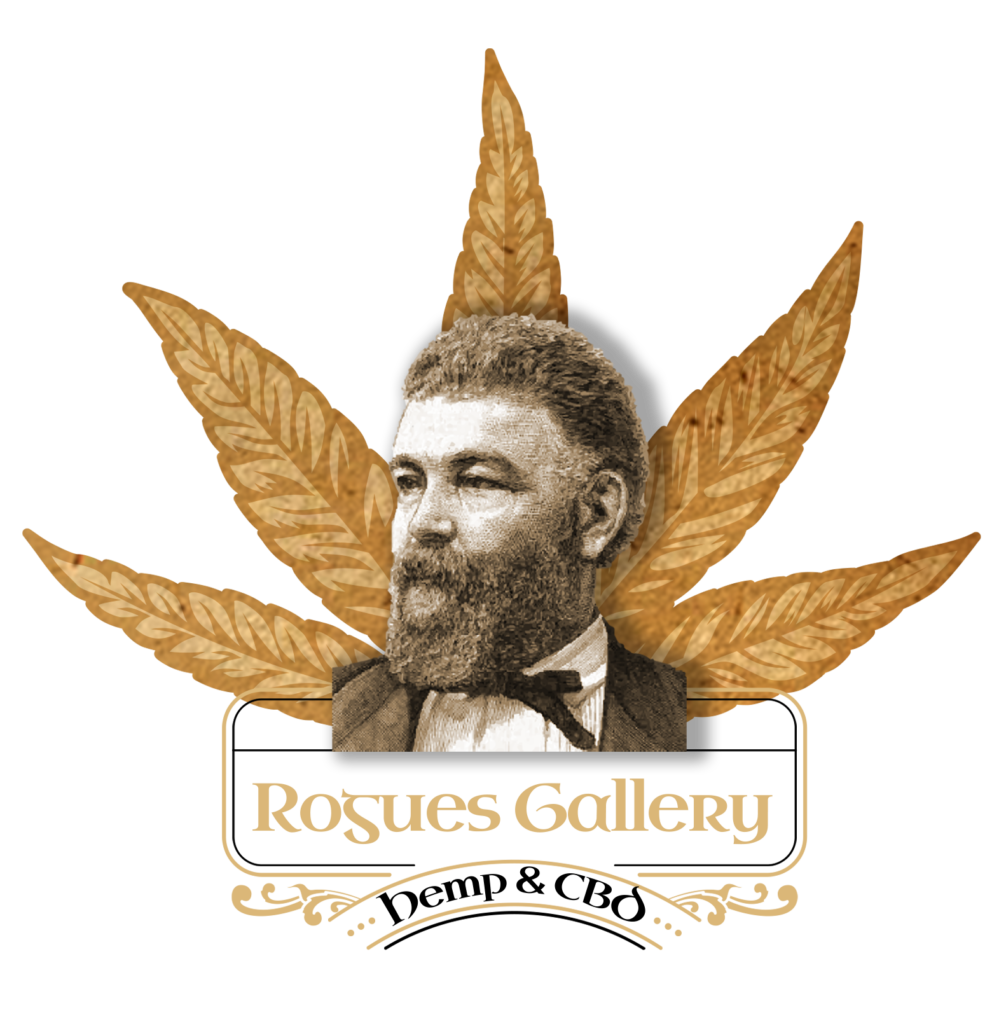The Green Lantern Saloon in downtown St. Paul dates all the way back to the 1920’s and was a favorite water hole for criminals, such as the Barker Gang, John Dillinger and Babyface Nelson to name a few, it was owned & run by the Irish Godfather of St. Paul, “Dapper Danny Hogan“. Over the years it has been a saloon, speakeasy, photography studio, beauty salon and back to being a bar
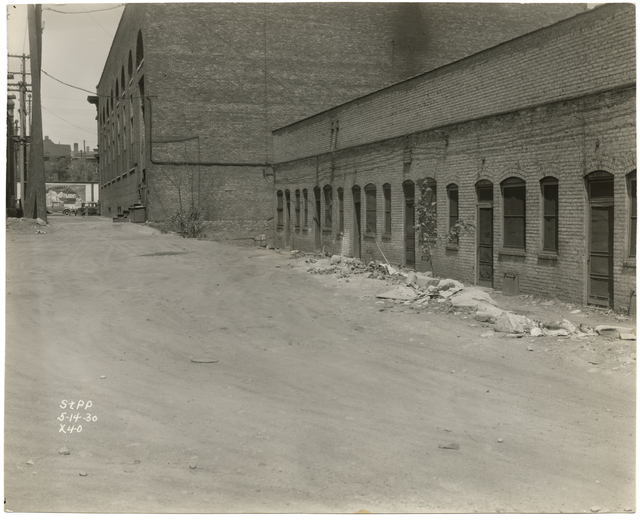
The Green Lantern saloon on Wabasha Street in downtown Saint Paul, was usually the first stop for many of the criminals. It became the general rule that if you wanted a place to lay low, hideout, or just take it easy, you could live in St Paul and not be bothered. In exchange for agreeing not to commit any major crimes within the city’s limits, you would remain free to roam the streets of St Paul without fear of police harassment. “Dapper” Danny Hogan known as the “Smiling Peacemaker” acted as a liaison between gangsters and police and would introduce them to each other.
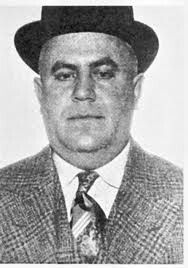
Police Chief John O Connor, after he was promoted to the position from being a detective, came up with the unofficial “Layover Agreement” which lasted for almost forty years in the city, from 1900 to the late 1930’s. The Layover Agreement had three simple rules, you pay a bribe, check in with police on your arrival to the city and commit no major crimes within 50 miles of the city.
To get his plan to work, O’Connor needed a contact from within the criminal ranks, William “Reddy” Griffin was the first keeper of O’Connor’s agreement. After arriving in town, criminals would stop to “check in” with Griffin at the Hotel Savoy in downtown St. Paul. Griffin collected the bribes and brought the money to O’Connor. When Griffin died, “Dapper” Dan Hogan took over his role and the criminals would check in at the Green Lantern. However this agreement came to an end due to rampant corruption, concerned local citizens and the federal government stepped in to clean up the city.
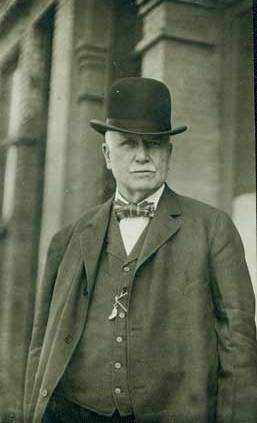
During Prohibition the Green Lantern was also an illegal gambling casino and a speakeasy. Armed robberies would be planned in the saloons that were to take place in the towns surrounding the Twin Cities, one of the rules in St. Paul was you pay a bribe of $35 or more and commit no crimes within 50 miles of the city, once you obeyed those rules you were free to come and go while the police headed by Police Chief John “The Big Fellow” O’Connor looked the other way.
During its hey day, Jazz was the music of choice in the Lantern, and being a popular hangout for the underworld, pianist Red Dougherty recalled that John Dillinger would put a $100 bill on the piano while in the company of Babyface Nelson, who loved to hear some twenties style ragtime and bar room piano. On another occasion drummer and vibraharpist Eddie Tolck who was playing with Red Dougherty described the Green Lantern as place where on one occasion “Al Capone and other gangsters hung out, to divvy up money and sometimes deal with the St. Paul police” he continued “gangsters didnt bother the police, all the violence was usually among themselves”
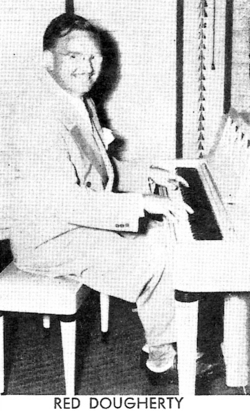

Knowing that they were safe in St. Paul, notorious criminals, Alvin “Creepy” Karpis, John Dillinger and his girlfriend Evelyn Frechette, Al “Scarface” Capone and the outlaws Clyde Barrow and Bonnie Parker stayed in the city at some point visiting their favorite spots throughout the city, such as the Green Lantern Saloon on Wabasha Street, Alvin “Creepy” Karpis one said the Green Lantern was his personal headquarters. In 1932, more than 20% of the nation’s bank robberies took place in Minnesota—though hardly any occurred in Saint Paul.
On December 4, 1928, Danny Hogan got behind the wheel of his car and turned on the ignition. A bomb located beneath the floorboards detonated and blew off his right leg. He slipped into a coma at the hospital and died nine hours after the blast. The suspicion for the murder fell on one of Hogan’s right hand men, Harry Sawyer who took over his operations. Over time the ownership of the Green Lantern was turned over to Dillinger gang members Tommy Gannon and Pat Reilly in 1933, closed in 1934. It then became a photography studio and beauty salon in the 1950’s
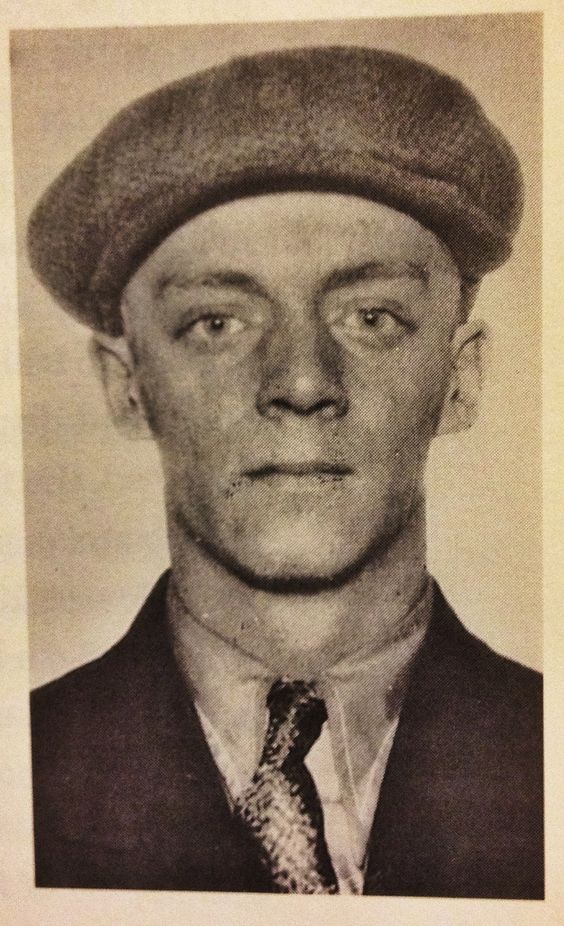
Pat Reilly

